Fish bones in the throat
The consumption of fish is not without risks! As ENT surgeons we commonly see patients who have accidentally swallowed a bone whilst eating fish. In most circumstances, the bone passes through the throat into the oesophagus and safely into the stomach. The bone may have scratched the lining of the throat during its passage and left a small abrasion. Unfortunately in some patients, the bone impales itself into the tonsil, tongue base or lower part of the throat (or hypopharynx). These bones require retrieval.
Eating bony fish varies widely between different parts of the world and between different ethnic groups. In an Asian country like Singapore, fish bone impaction is far more common than in many Western countries. Indeed, when I worked in London, this emergency was rare. In Singapore, I was surprised to see more cases in a single evening in the emergency room at Tan Tock Seng Hospital than I had seen in 6 years of specialist training in the United Kingdom!
Even in Singapore, there is some ethnic variation in the incidence of this emergency. It is partly related to diet and also how the fish is consumed. Not everyone would eat fish with a fork and spoon. Some people eat with their hands, and others with chopsticks. Some people pick up a large piece of bony fish with chopsticks, put in their mouths and then spit out the bones! As you can imagine an edentulous patient deboning a fish in their mouth is particular at risk of swallowing a fishbone.
In 2015, my colleagues and I looked at 112 patients presenting to Tan Tock Seng Hospital with a history of fishbone ingestion and studied their demographics. We published this in the Singapore Medical Journal that year.
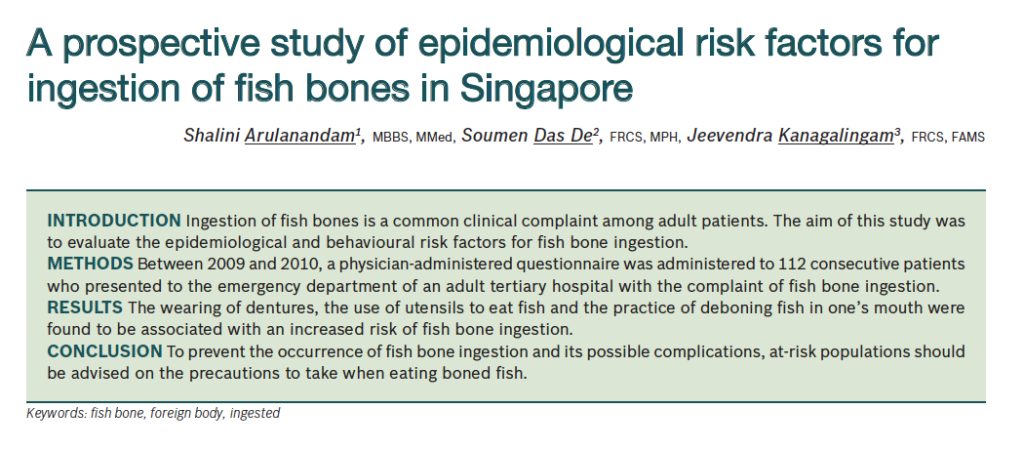

We found that eating with ones fingers reduced your risk of ingesting a fish bone! I guess this is no surpise to anyone. People who eat bony fish with their fingers tend to feel the bones in the food that they eat!
When patients turn up in the emergency room complaining of a foreign body sensation in their throat after eating fish, the ENT specialist is often summoned. Most patients come soon after they swallow a bone. They often try a variety of home remedies such as eating a bolus of rice or a banana. One of my recent patients tried apple cider!
Some emergency room physicians will get a plain xray of the neck to see if there is an obvious bone before waking up the ENT Specialist! In reality these xrays are of limited value. The xray below looks pretty normal to the untrained eye but there is in fact a bone in the base of tongue.
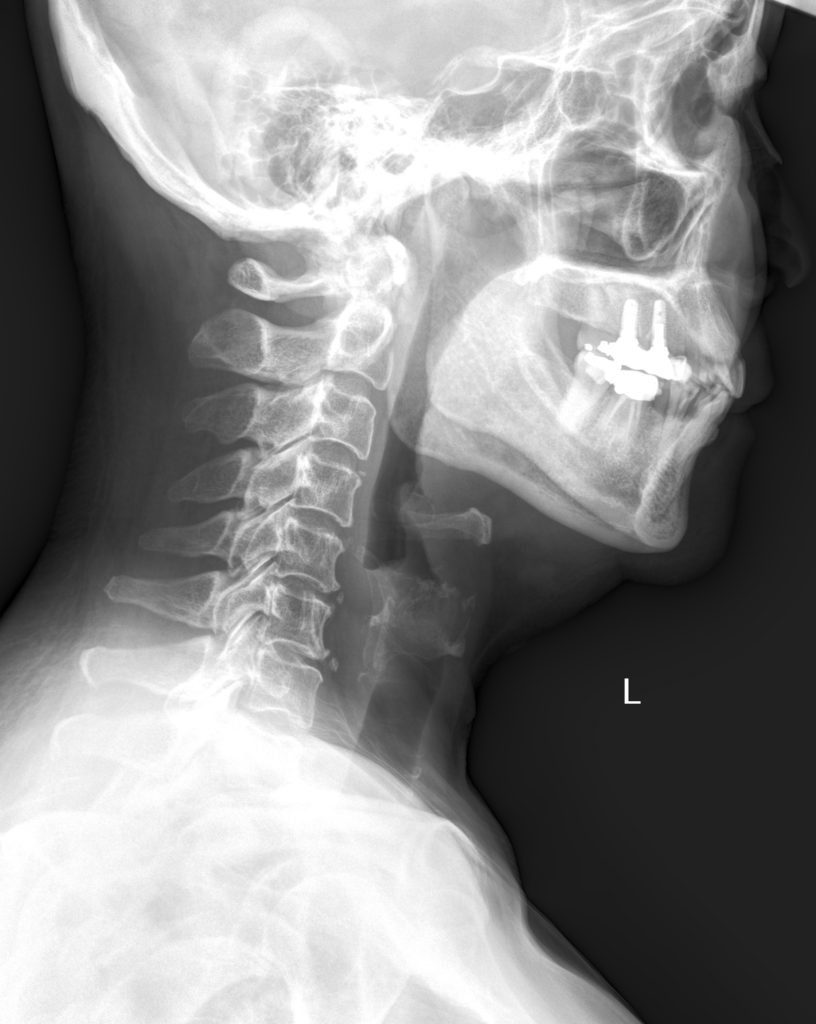
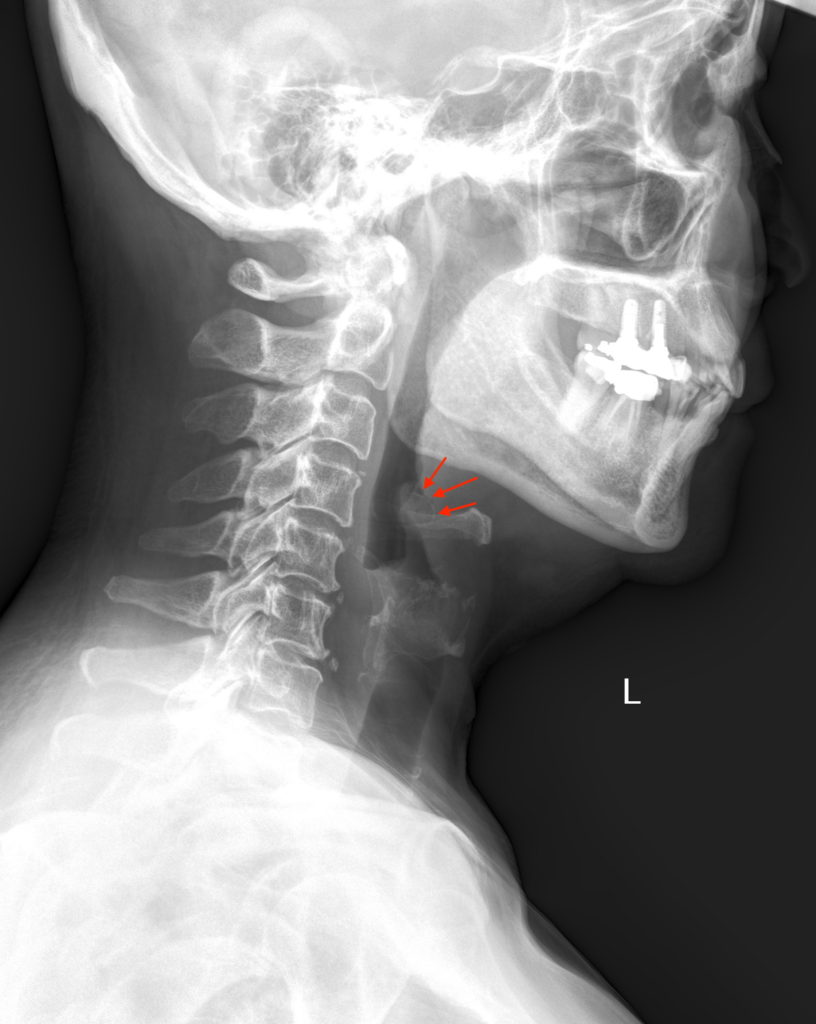
I think most patients except those with the mildest symptoms should have nasal endoscopy to exclude the possibility of a fishbone. There are a few symptoms I enquire about that increases my pre-scope probability of finding a bone. The patient who had symptoms but presents 2-3 days later because symptoms, though mild, have not resolved, is less likely to have a bone. The patient who presents pointing to a particular spot in the neck, saying they feel a sharp jab everytime they swallow, has a higher likelihood of having a bone.
Here are some photos of bones in the tongue base.
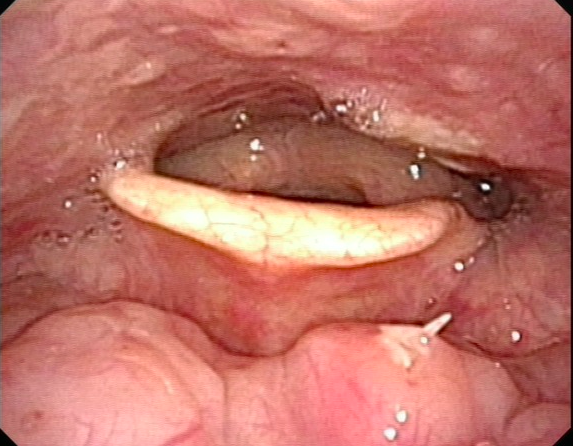
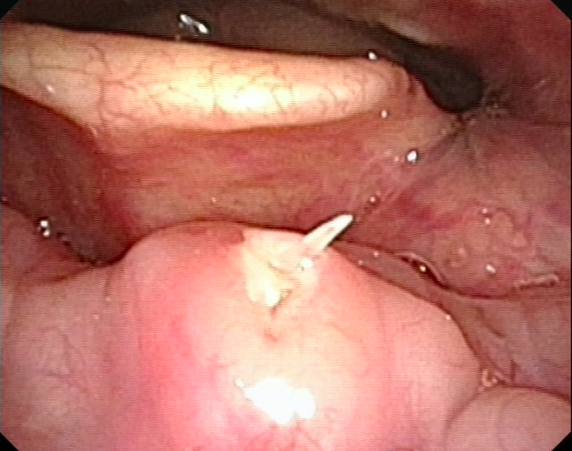
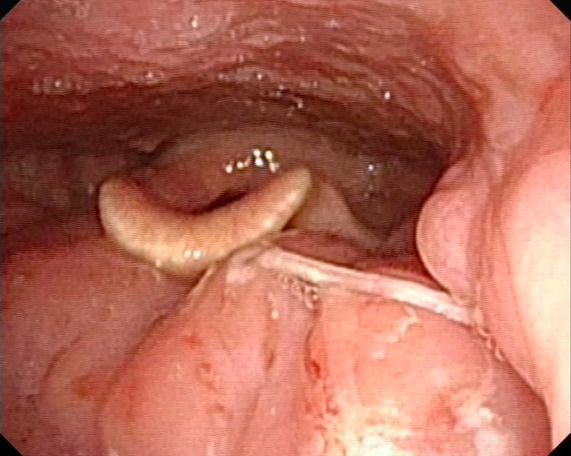
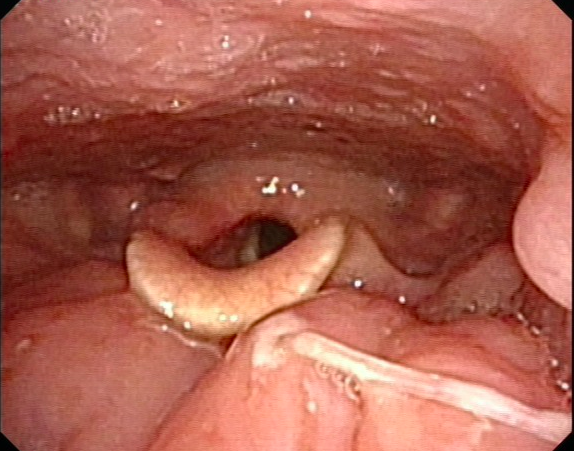
Retrieving bones from the throat is no simple feat! Patients often gag and so a lot of topical anaesthesia is necessary. We usually spray the nose and throat with generous amounts to allow for painless instrumentation. At The ENT Clinic we are fortunate to have a therapeutic endoscope with a channel that allows the surgeon to pass a flexible grasping forceps through the scope. The video below illustrate how this is done
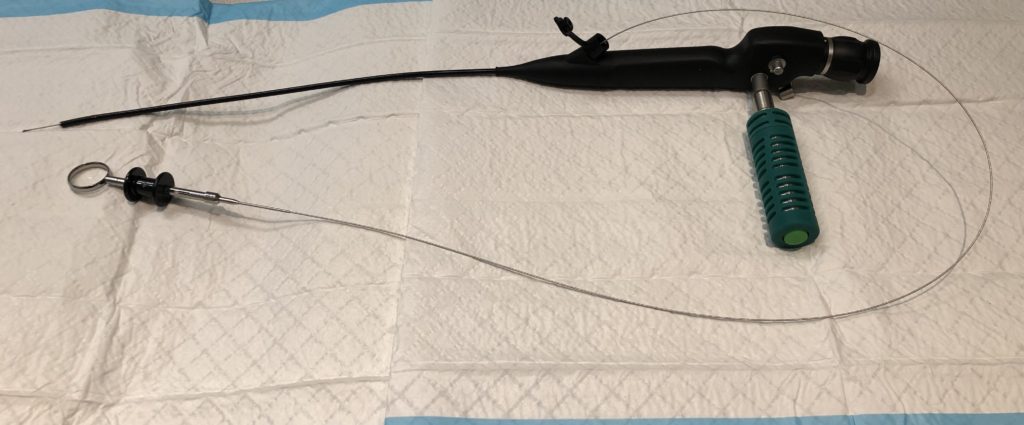
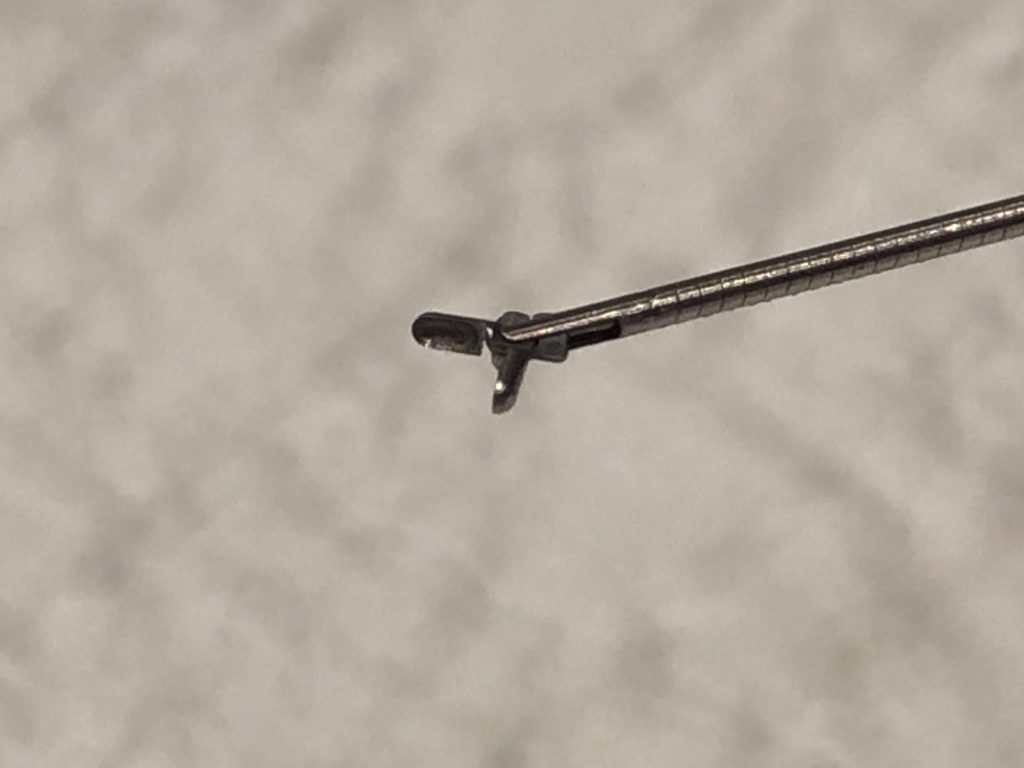
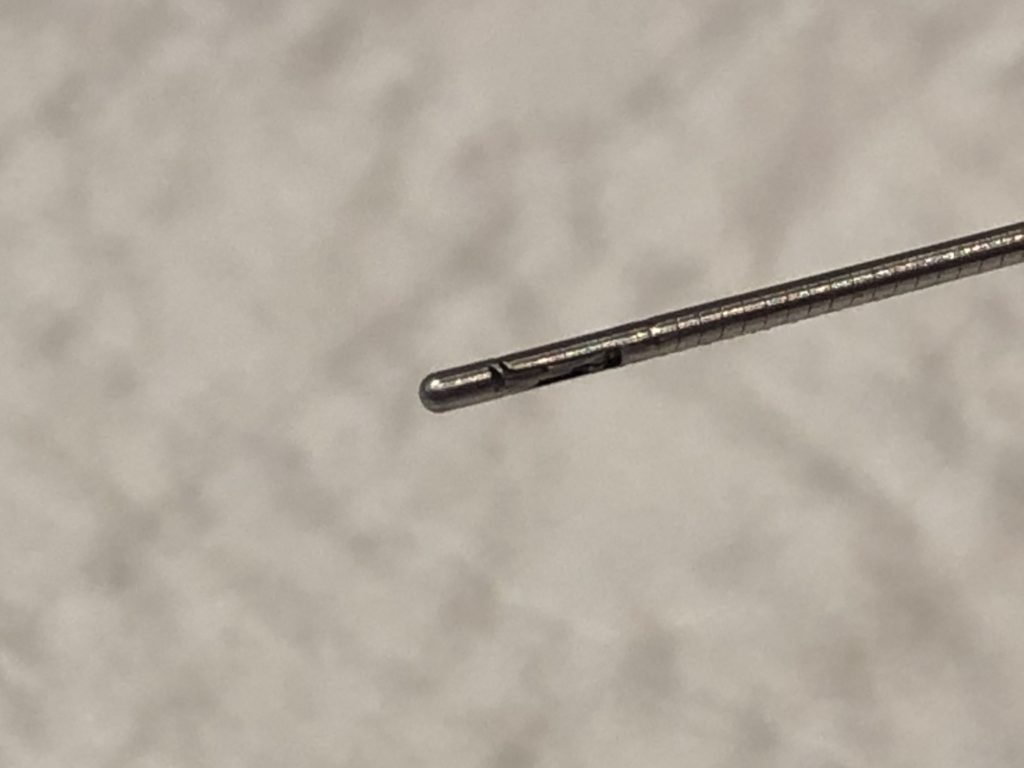
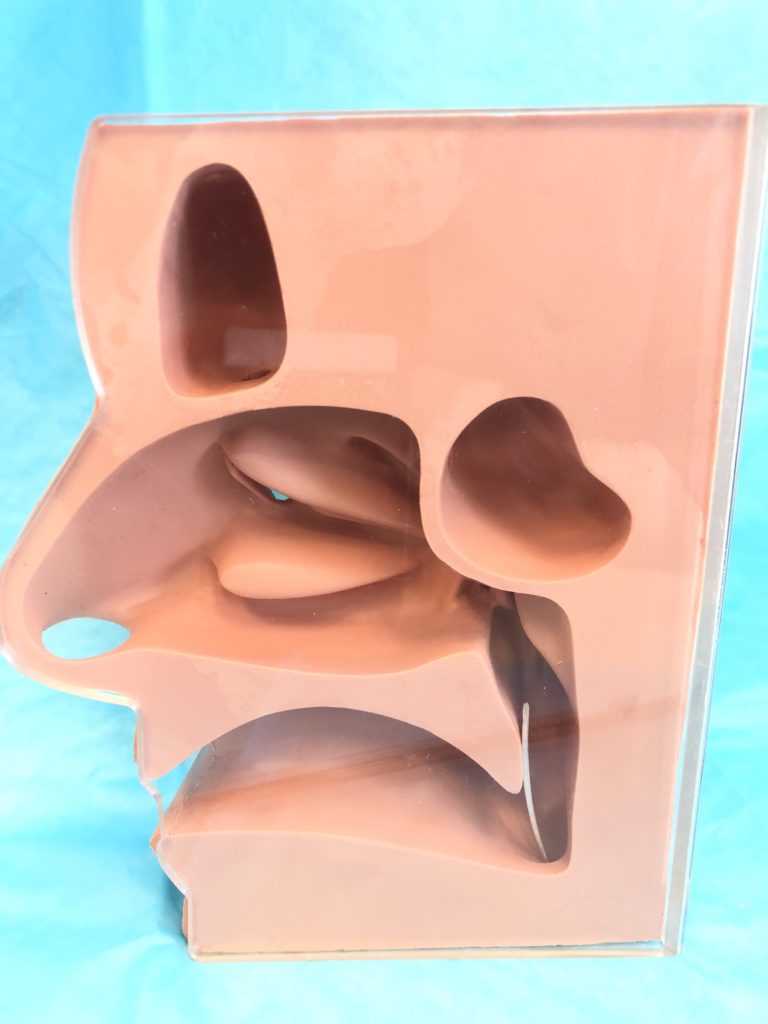
The video below is a simulation of how we use the endoscope. Needless to say there is much technical skill as well as patient cooperation that is required. We are happy to report that we have been successul in over 90% of cases in removing these bones in our clinic
Fish bone removal using a therapeutic endoscope
Dr Jeeve Kanagalingam (drjeeve.com)
Share this blog via:
